NASA's New Horizons Spacecraft Wakes Up for Pluto Encounter in 2015
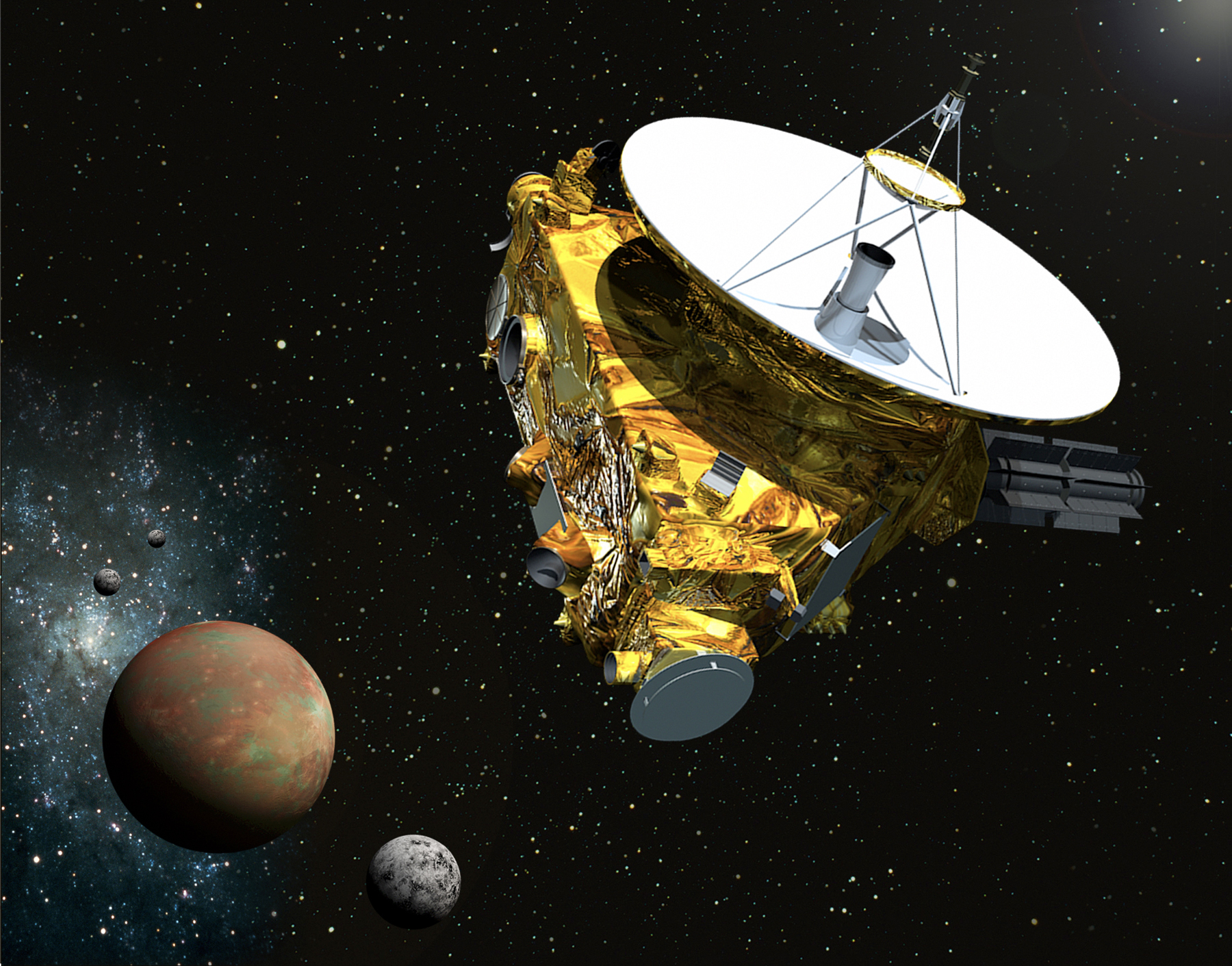
LAUREL, Md. — Pluto, get ready for your close-up: A NASA spacecraft has roused itself from the final slumber of its nine-year trek to the edge of the solar system, setting the stage for the first close encounter with Pluto next year.
The New Horizons spacecraft, currently located 2.9 billion miles (4.6 billion kilometers) from Earth, had been in hibernation since August — with most of its systems turned off to reduce wear. But late Saturday (Dec. 6), mission scientists received a confirmation signal from New Horizons at the probe's Mission Operations Center here at the Johns Hopkins Applied Physics Laboratory. The probe is now wide awake for its 2015 flyby of Pluto.
At the time of its wakeup call, New Horizons was just over 162 million miles (261 million km) from Pluto. About 20 people gathered in a conference room here at APL to await the signal from New Horizons. [Photos from NASA's New Horizons Pluto Probe]
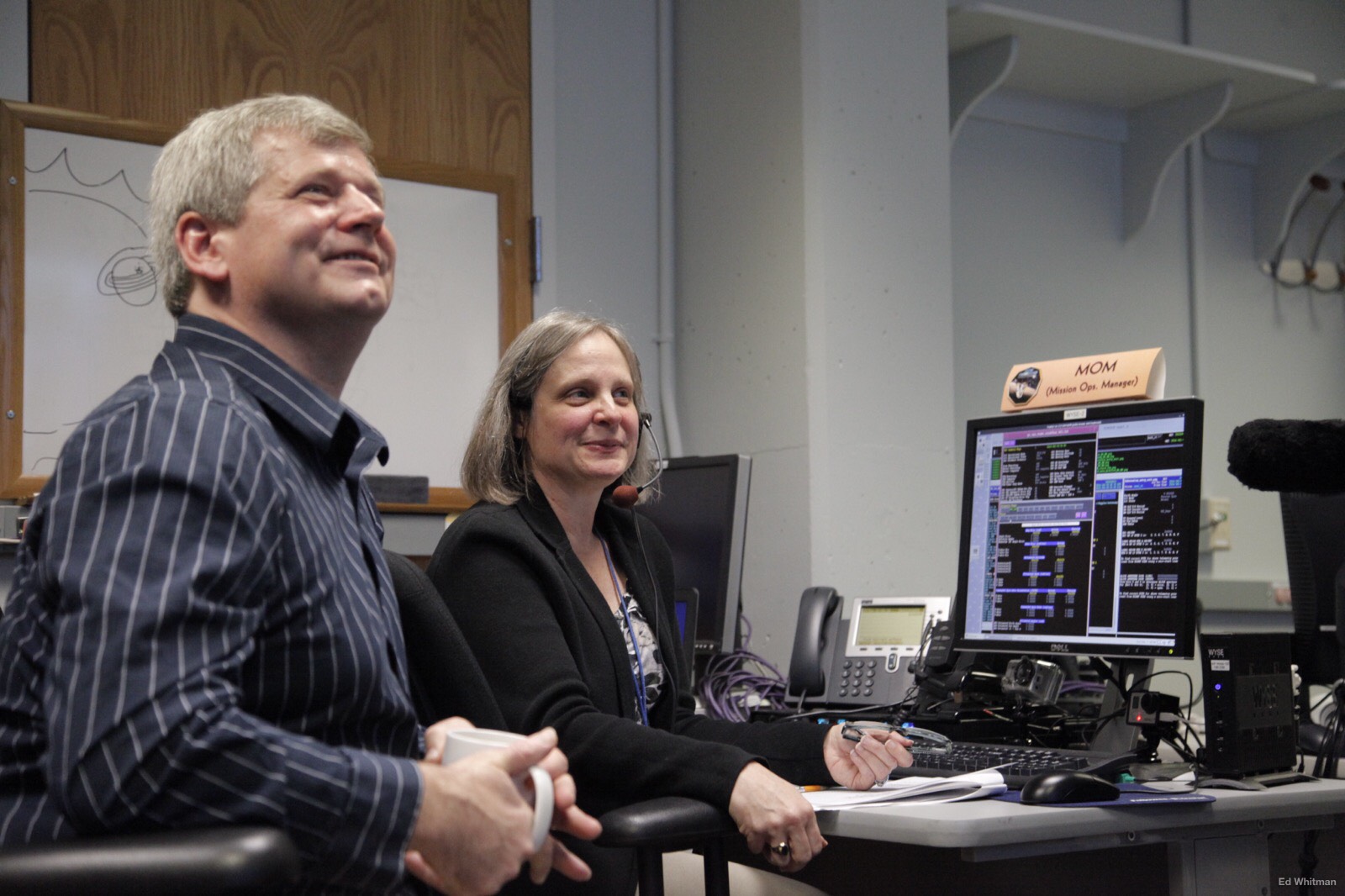
Wake up, Pluto probe
First word from the probe arrived at about 9:30 p.m. EST on Saturday (Dec. 6) — generating a burst of happy applause from the attendees, including Alan Stern, New Horizon's principle investigator, and Jim Green, NASA's director of planetary sciences.
At 9:52 p.m. EST (0252 GMT), mission managers confirmed that New Horizons was awake, with all systems functioning normally. The wakeup sets the stage for the probe's flyby of Pluto on July 14, 2015.
"This is the turning of a page. This is changing from a mission in cruise to a mission at its destination," said Stern, of the Southwest Research Institute in Boulder, Colorado. Stern popped a champagne bottle and offered a toast to the mission following the signal confirmation.
New Horizons even got a wakeup song to mark the occasion: the tune "Where My Heart Will Take Me" by English tenor Russell Watson. The song, which included a special greeting from Watson for New Horizons, was played in the mission operations center after the confirmation signal was received. You can hear Watson's New Horizons wakeup song here.
Get the Space.com Newsletter
Breaking space news, the latest updates on rocket launches, skywatching events and more!
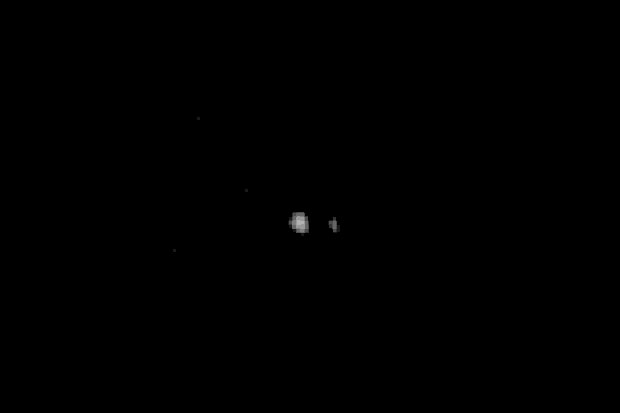
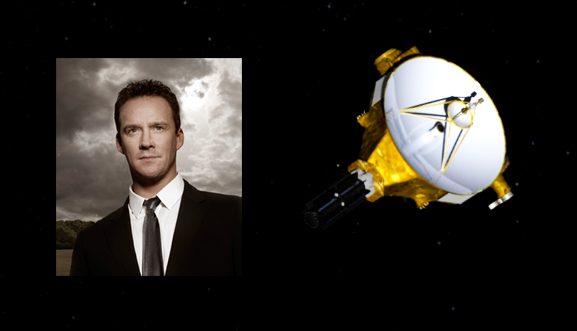
Epic Pluto encounter ahead
New Horizons will begin its Pluto science campaign in January, and will make its closest approach to Pluto in July. It will explore the outer-most and most-populated region of the solar system, the Kuiper belt, which is full of rocky, icy objects that have remained largely unchanged since the formation of the solar system.
"This is the place that this spacecraft was built to operate, and these are the operations that this team has waited a decade to actually go and execute," Stern said. "So it's game time."
NASA launched the New Horizons mission in 2006 on a $700 million mission to be the first spacecraft ever to see Pluto and its five moons up close. The piano-size spacecraft is powered by a nuclear power source and has traveled nearly 3 billion miles (4.8 billion km) to reach Pluto in a mere nine years, making it the fastest space probe ever launched). It has spent two-thirds of its journey in a hibernation state that has both prolonged the life of the instruments and reduced staff costs on the ground.
While New Horizons has gone through 18 hibernation periods, sleeping for about 1,873 days in all, this is the last one before it begins taking data on the Pluto system.
For 20 weeks of its flyby of Pluto, New Horizons will provide better photos of Pluto and its moons than those taken by the Hubble Space Telescope, Stern said. In analogy, if the spacecraft were flying over a city it would be able to count the individual buildings on the ground. New Horizons may also identify as-yet-unknown moons or rings around Pluto.
At the wake-up event, Stern handed out small, 2-inch-long pencils — whittled down from extensive use.
"This is the metaphor for persistence," Stern said, holding up the pencil stub. "Since this mission went through so many ups and downs — the way the exploration of Pluto did — I thought this was an appropriate thing to give away. It's very simple, but it's meaningful."
Follow Calla Cofield @callacofield.Follow us @Spacedotcom, Facebook and Google+. Original article on Space.com.
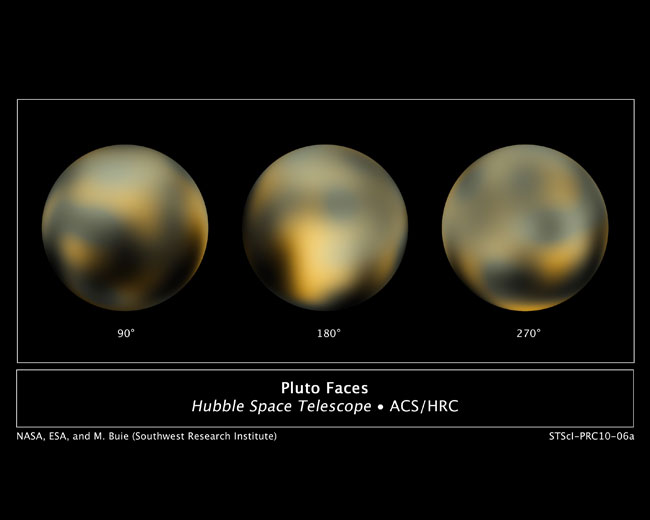
Join our Space Forums to keep talking space on the latest missions, night sky and more! And if you have a news tip, correction or comment, let us know at: community@space.com.

Calla Cofield joined Space.com's crew in October 2014. She enjoys writing about black holes, exploding stars, ripples in space-time, science in comic books, and all the mysteries of the cosmos. Prior to joining Space.com Calla worked as a freelance writer, with her work appearing in APS News, Symmetry magazine, Scientific American, Nature News, Physics World, and others. From 2010 to 2014 she was a producer for The Physics Central Podcast. Previously, Calla worked at the American Museum of Natural History in New York City (hands down the best office building ever) and SLAC National Accelerator Laboratory in California. Calla studied physics at the University of Massachusetts, Amherst and is originally from Sandy, Utah. In 2018, Calla left Space.com to join NASA's Jet Propulsion Laboratory media team where she oversees astronomy, physics, exoplanets and the Cold Atom Lab mission. She has been underground at three of the largest particle accelerators in the world and would really like to know what the heck dark matter is. Contact Calla via: E-Mail – Twitter









